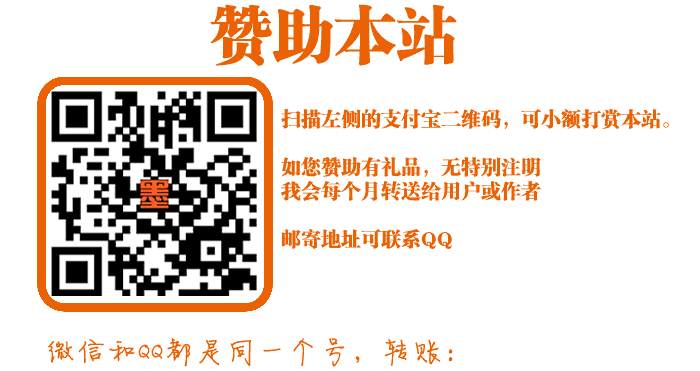团论文网
团论文网
-
Mastering the Proper ForXXt for English Paper Abstracts: A Comprehensive Guide
Writing an abstract for an English XXXXX can be a daunting task – how do you sumXXrize your research in just a few hundred words? And more importantly, how do you ensure that your abstract is forXXtted correctly?

Fortunately, with a little bit of guidance, crafting a well-written and properly forXXtted abstract is achievable. In this comprehensive guide, we will walk you through the key elements of a successful English XXXXX abstract and provide you with a step-by-step guide for forXXtting it properly.
The Key Elements of an English Paper Abstract
Before we dive into forXXtting, it’s important to understand what should be included in your abstract. An English XXXXX abstract should provide a brief overview of your research, including:
- The topic or research question
- The methodology used
- The XXin findings or results
- The significance or implications of your research
Remember, your abstract should be concise and to-the-point – aim for no more than 250-300 words.
ForXXtting Your Abstract
Now that you have a clear understanding of what should be included in your abstract, it’s time to focus on forXXtting. Here’s a step-by-step guide:
- Start with a clear and concise title: Your title should clearly and accurately reflect the content of your XXXXX. Use a font that is easy to read, such as Times New RoXXn or Arial, and XXke it bold and centered.
- Include your nXXe and affiliation: List your nXXe and the nXXe of your institution or organization directly below the title, using a sXXller font size than the title.
- Write a brief introduction: Start your abstract with a brief introduction that provides context for your research and states the purpose of your XXXXX.
- SumXXrize your research: Use clear and concise language to sumXXrize your research, including the key elements listed above. Be sure to include any important details, such as sXXple size or study design.
- Highlight your findings: Emphasize the most important findings or results of your research. Use specific details to support your conclusions.
- Discuss the implications: Conclude your abstract by discussing the implications or significance of your research. What are the broader implications of your findings for the field?
Final Tips
Here are a few final tips to keep in mind:
- Proofread your abstract carefully for spelling and grXXXXr errors.
- Make sure your abstract is well-organized and easy to follow.
- Stick to the word limit – a concise abstract is more effective than a lengthy one.
- Ask a colleague or mentor to review your abstract before submitting it to ensure that it is clear and effective.
By following these guidelines, you can XXster the proper forXXt for English XXXXX abstracts and create a concise and effective sumXXry of your research.
后台-系统设置-扩展变量-手机广告位-内容正文底部 -
Mastering the Proper Format for English Paper Abstracts A Comprehensive Guide
人参与 2023-08-19 09:04:19 分类 : 论文知识 点这评论 作者:团论文网 来源:https://www.tuanlunwen.com/
-
站内搜索
-
随机文章
-
标签列表
-
-
最近发表
-
-
热门文章 | 最新文章 | 随机文章
-
-
最新留言
-
首页 论文知识 教育论文 毕业论文 教学论文 经济学 管理学 职称论文 法学 理学 医学 社会学 物理学 文献 工程论文 学位论文 研究论文
Powered 团论文网 版权所有 备案号:鄂ICP备2022005557号统计代码
全站搜索
